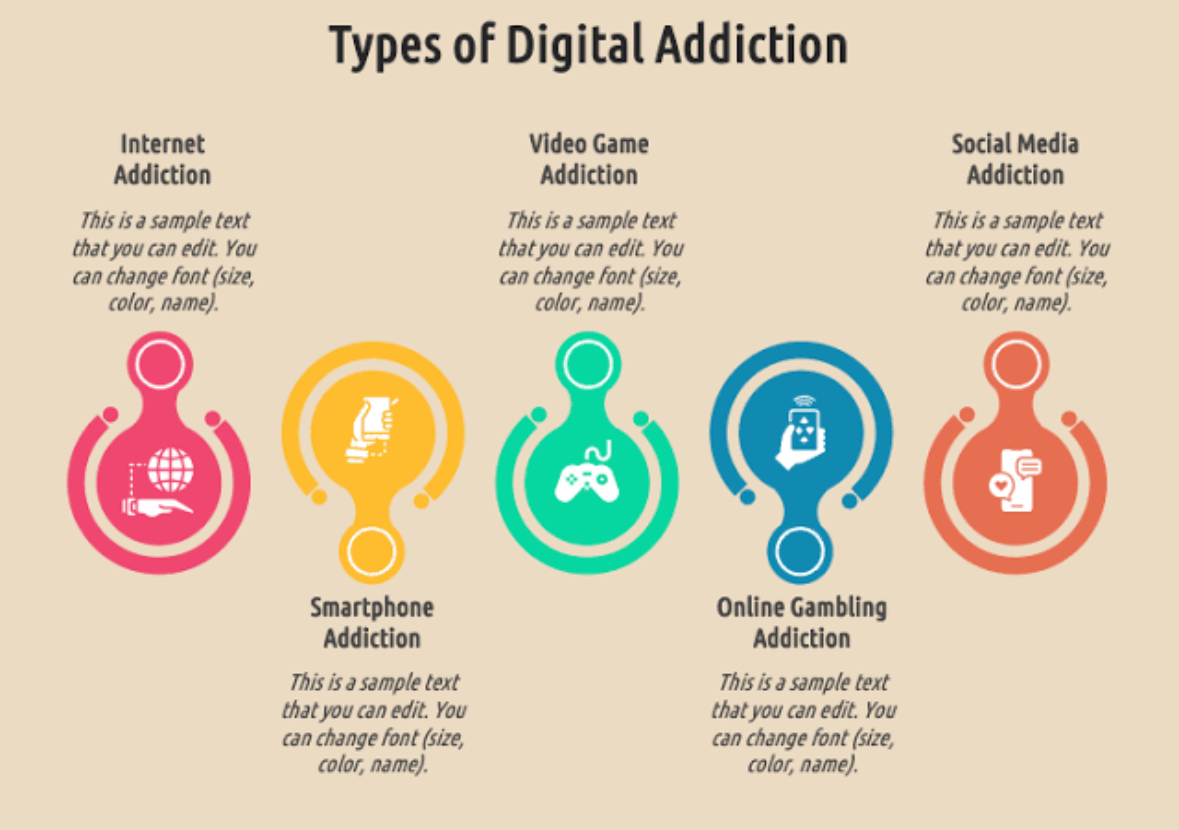The digital age has brought about more connectivity and ease than ever before, but there is a scary truth below the surface: 60% of kids ages 5 to 16 show signs of possible digital addiction. This surprising finding comes from a recent study by Baatu Tech, which shows how important it is to quickly come up with a complete plan to deal with the growing problem of kids being too dependent on technology.

What Digital Addiction Really Is: Going Beyond Screen Time

Despite the survey revealing a significant overconsumption of screen time (between 70% and 80%), it also highlights a deeper issue. The allure of the digital world goes beyond just spending hours online. It includes the interesting material and social interactions that technology makes possible. Gaming platforms with deep stories and social media platforms that offer constant validation can act as powerful triggers, possibly causing people to become addicted to behaviours and lose touch with the effects of their actions in the real world.
Navigating the undefined terrain of digital addiction

Digital addiction is still not well understood in the medical community because there isn't a single agreed-upon description. The DSM-5 recognises an "internet gaming disorder," but the main requirement is that the person plays games too much and they affect their daily life. However, the Baatu Tech poll asks parents what they think about behaviours that might be signs of addiction, such as spending too much time in front of a screen, withdrawing from others, and having trouble sleeping.
The challenge of maintaining moderation and establishing boundaries

As kids grow up, they have trouble controlling their impulses, which makes it hard for them to limit their screen time on their own. It can be challenging for parents to draw boundaries between their children, particularly in light of the widespread use of technology in both school and play. The survey makes people think deeply about how to teach kids to use technology responsibly and supports taking preventative steps instead of reactive actions.
Survey findings emphasise the need for a focus shift

We need to stop focusing on addiction and start teaching kids good digital habits instead, according to the survey results. As an example, you can talk about online safety openly, choose content that is appropriate for your child's age, encourage them to do other things, and show them how to behave online in a healthy way. Families, schools, tech companies, and public health programmes must all work together to encourage responsible tech use, improve digital literacy, and make more people aware of the dangers of too much digital use in order to solve this problem effectively.
Making plans for the future
This piece sparks more research, but we also need ongoing studies and research on successful strategies right away. We can make technology an empowering tool for future generations by recognising the problems that come with spending too much time in front of a computer, valuing open communication, and taking a balanced approach.

Because the digital world is always changing, protecting kids' safety in a world that is becoming more and more digital needs to be flexible. It's not easy to deal with digital addiction, but we can make sure that technology helps kids grow and develop in the future.
Photo Credits: Multiple Sources
©️ Copyright 2024. All Rights Reserved Powered by Vygr Media.





















